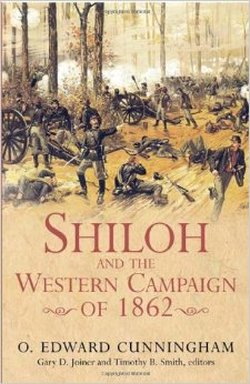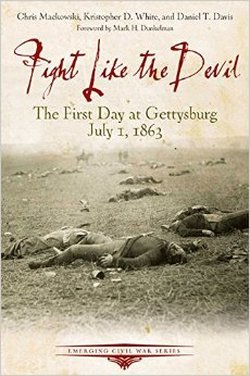
Eric J. Wittenberg
Savas Beatie, 2006, 2015 paperback, 336 pp. + 24 pp. introduction, $22.95
ISBN: 978-1-6121-249-5
Image Courtesy of amazon.com
Many of my readers are no strangers to the fine work which Eric J. Wittenberg has published throughout his career and this is yet another addition to his cavalcade of Civil War academia. Originally published in 2006, the 2015 edition makes the work available in paperback. The Battle of Monroe’s Crossroads is an excellent study into the final campaign of the Civil War. The general idea is that the Civil War ended with the surrender of General Lee during the Appomattox Campaign and the writing surrounding Sherman accepting Johnston’s surrender has not been justly covered. Here, in this work, we get a look into the ways in which the final campaign was the last and epic conclusion the Civil War deserved.
Eric J. Wittenberg is the author of many works including The Devil’s to Pay: John Buford at Gettysburg, Gettysburg’s Forgotten Cavalry Action and Protecting the Flank at Gettysburg. He has authored many other numerous works with other co-authors including the famous Plenty of Blame to Go Around. He is the recipient of many awards and has often been chosen as the History and Military Book Club selections. Some of his awards include the 1998 Bachelder Coddington Award and the Army Historical Foundation’s Distinguished Writing Award. He is considered an authority on Civil War Cavalry.
The work opens with an incredible biographical sketch of Judson Kilpatrick whom we got to see in his book on South Cavalry Field at Gettysburg, but is detailed more in depth here. One of the highlights which has been seen all throughout the work of Wittenberg is the way in which he explains the political and militaristic background of the characters involved in the fighting. I found this especially well done when talking about Kilpatrick. I believe he is one of the more forgotten about commanders of the war, and here Wittenberg does him justice. The narrative of the battle is done in a well written easy to follow style aided by both photographs of the field and maps. One of the things which struck me as I read through his battle analysis was the humanistic element which he brought to the combat. When talking about the cavalry charge, it seemed as though the tension from the combatants was reaching out to me as a reader more than any other cavalry charge described in Civil War accounts. This cavalry charge is, as stated above in the introduction, the last epic conclusion the Civil War deserved. I can think of no other author who could have written such a fine narrative to describe the events here.
I highly recommend this book to anyone interested in the final year of the Civil War. This is a battle most people do not normally hear about and because of this fine work by Wittenberg, it has been brought to light. The narrative flows quite nicely with the regular Wittenberg style we have all come to know and love. This book proves that Wittenberg really is the authority on Civil War cavalry and should be considered as such for this generation and the generation to come.


 RSS Feed
RSS Feed
